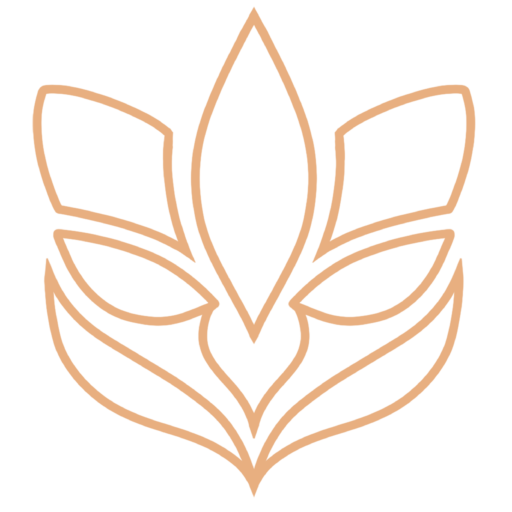Nature has always provided us with a vast array of resources, including plants with amazing healing properties. Herbal treatments, an integral part of traditional medicine, offer a natural and holistic approach to wellness, with few (if any) side effects. Let’s delve into the captivating realm of herbal remedies.
Herbal treatments have been used for centuries in cultures worldwide. Traditional healers and indigenous communities possess a deep understanding of local flora and their medicinal properties. From Native American herbalism to African herbal traditions, ancient wisdom has passed down generations, revealing the power of plants in promoting health and vitality.
The world of herbal treatments is incredibly diverse, with numerous plants offering unique therapeutic benefits. For instance, chamomile calms the nerves, while ginger aids digestion. Echinacea boosts the immune system, and lavender soothes stress. Each herb possesses a distinct chemical composition that interacts with the body to promote healing.
In recent years, scientific studies have begun validating the efficacy of herbal treatments. Researchers are uncovering the active compounds within plants and studying their effects on various health conditions. This emerging field of phytotherapy bridges traditional knowledge with modern scientific rigor, bringing herbal medicine into the realm of evidence-based practice.
Herbal treatments often complement conventional medicine, serving as a natural alternative or supportive therapy. Many individuals seek herbal remedies for conditions like anxiety, insomnia, and minor ailments. However, it’s important to consult with a qualified herbalist or healthcare professional to ensure safe and appropriate usage, especially when combining treatments.
Herbal treatments provide a window into the healing power of nature. With traditional wisdom and scientific validation, they offer promising avenues for holistic well-being.
